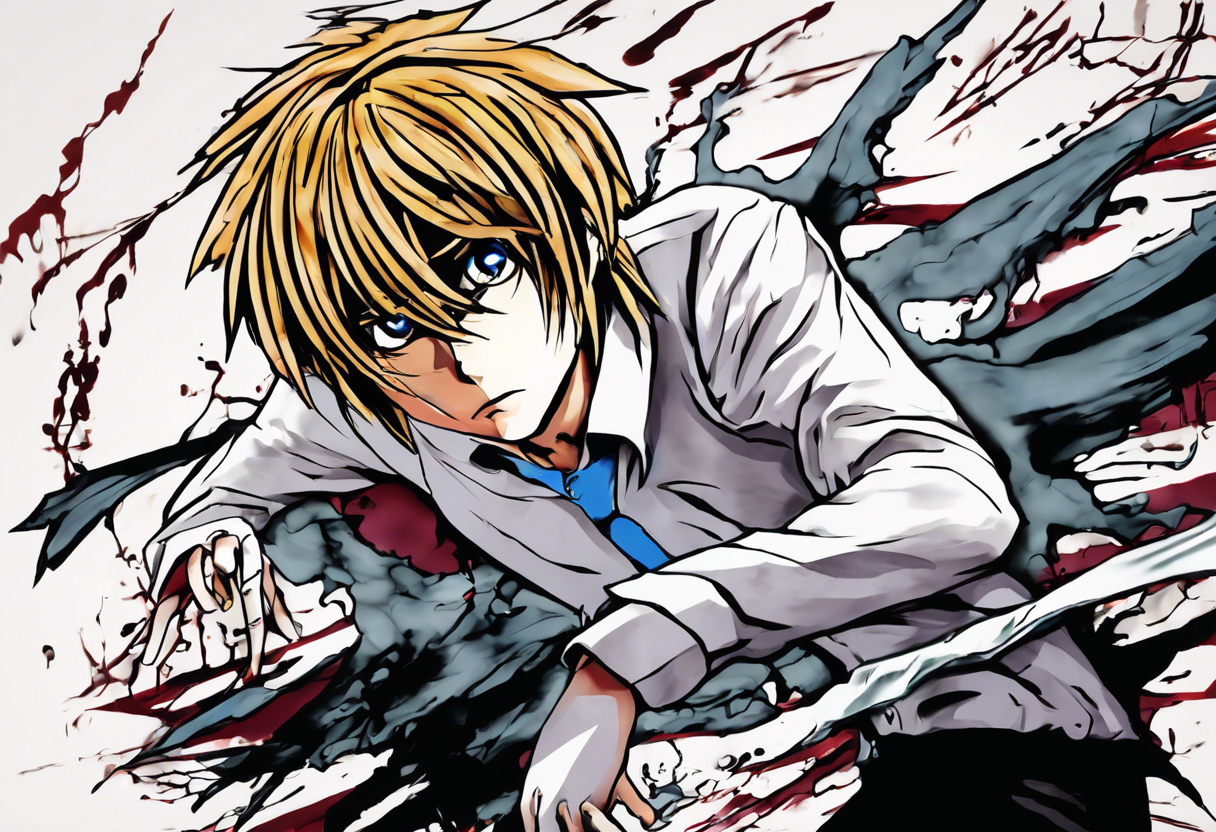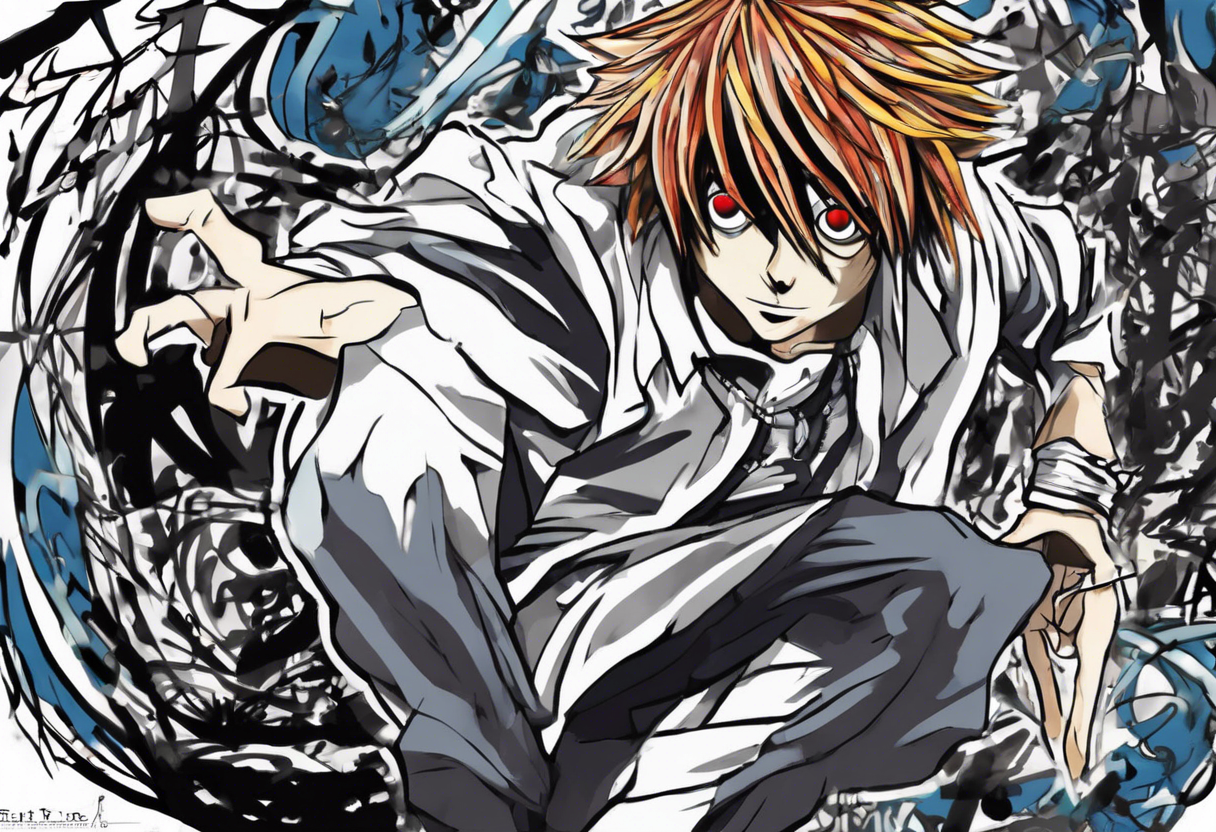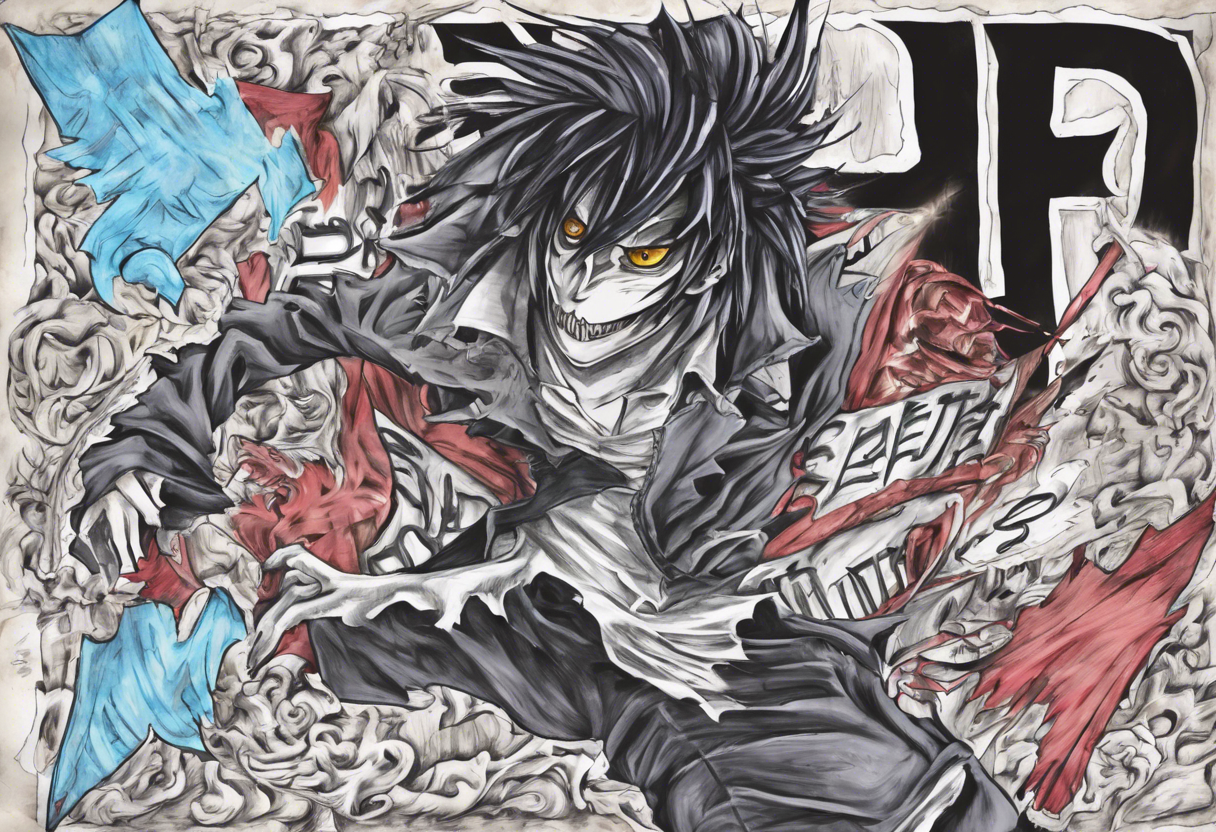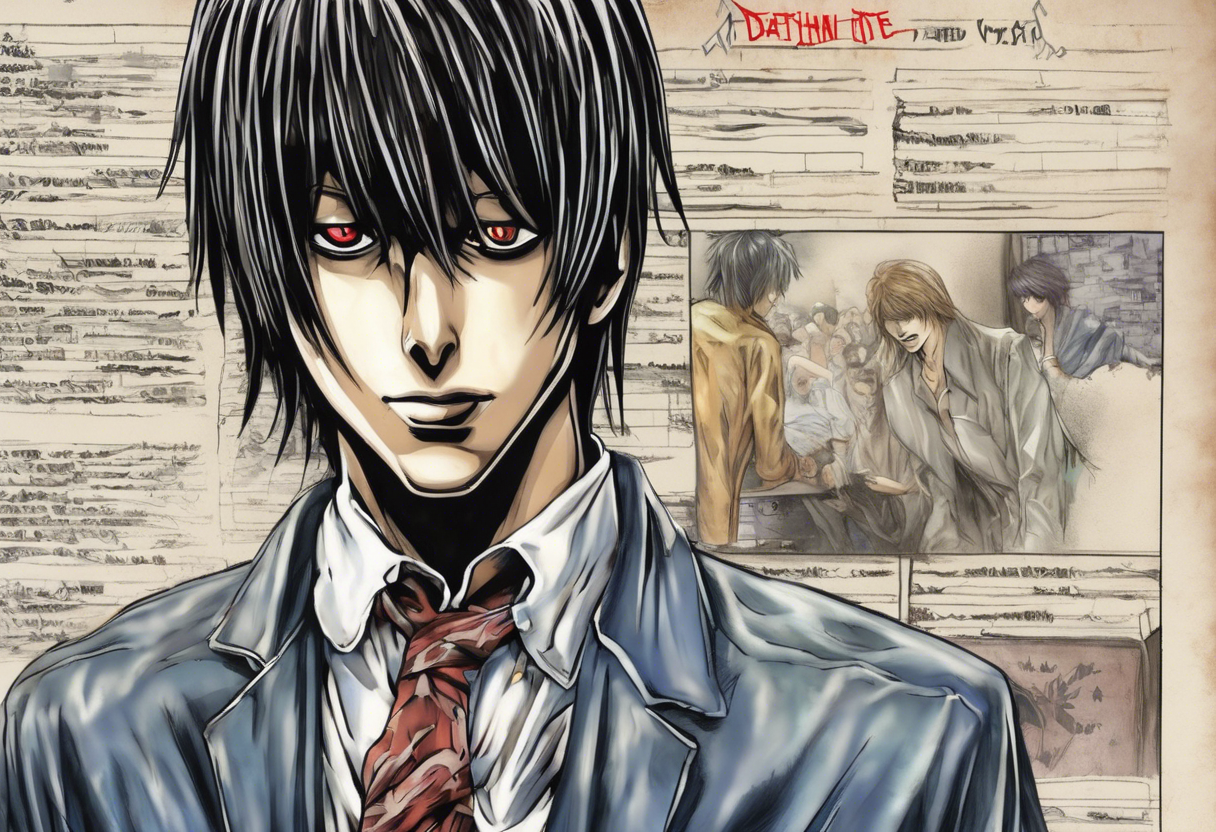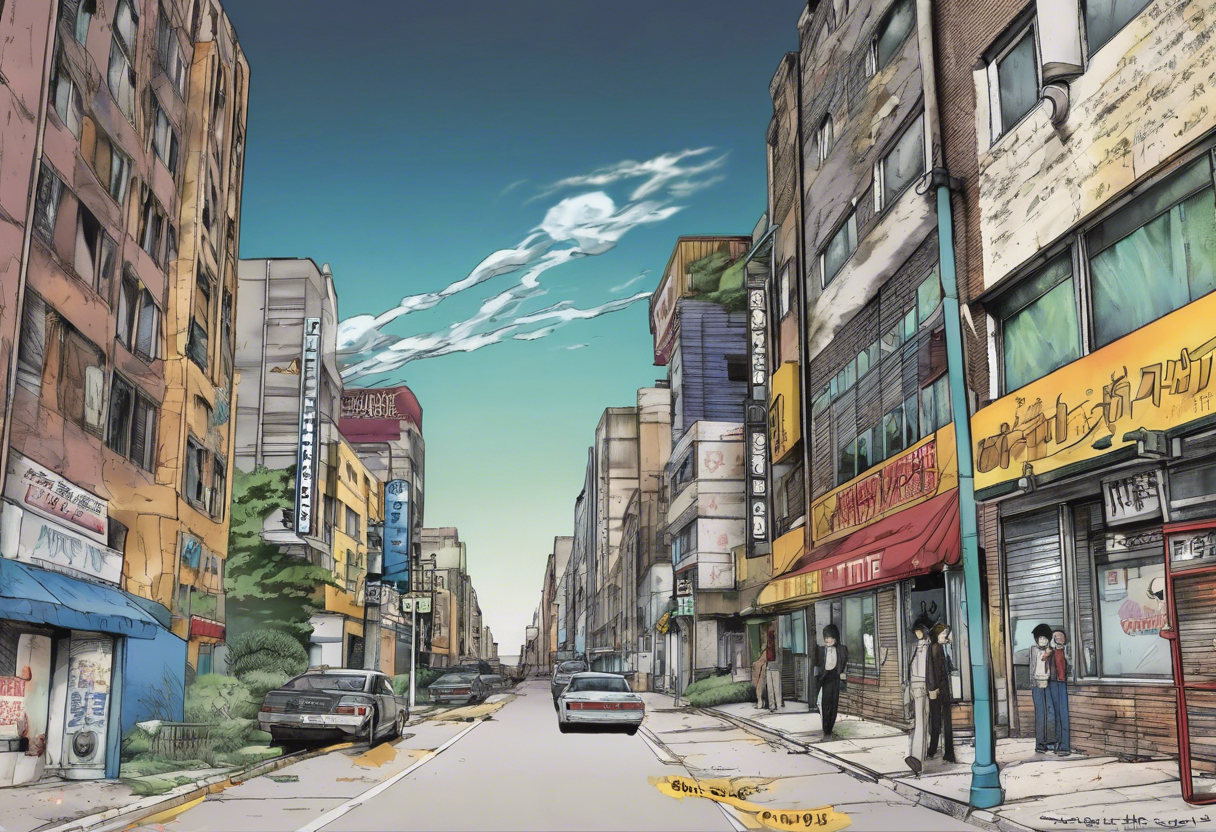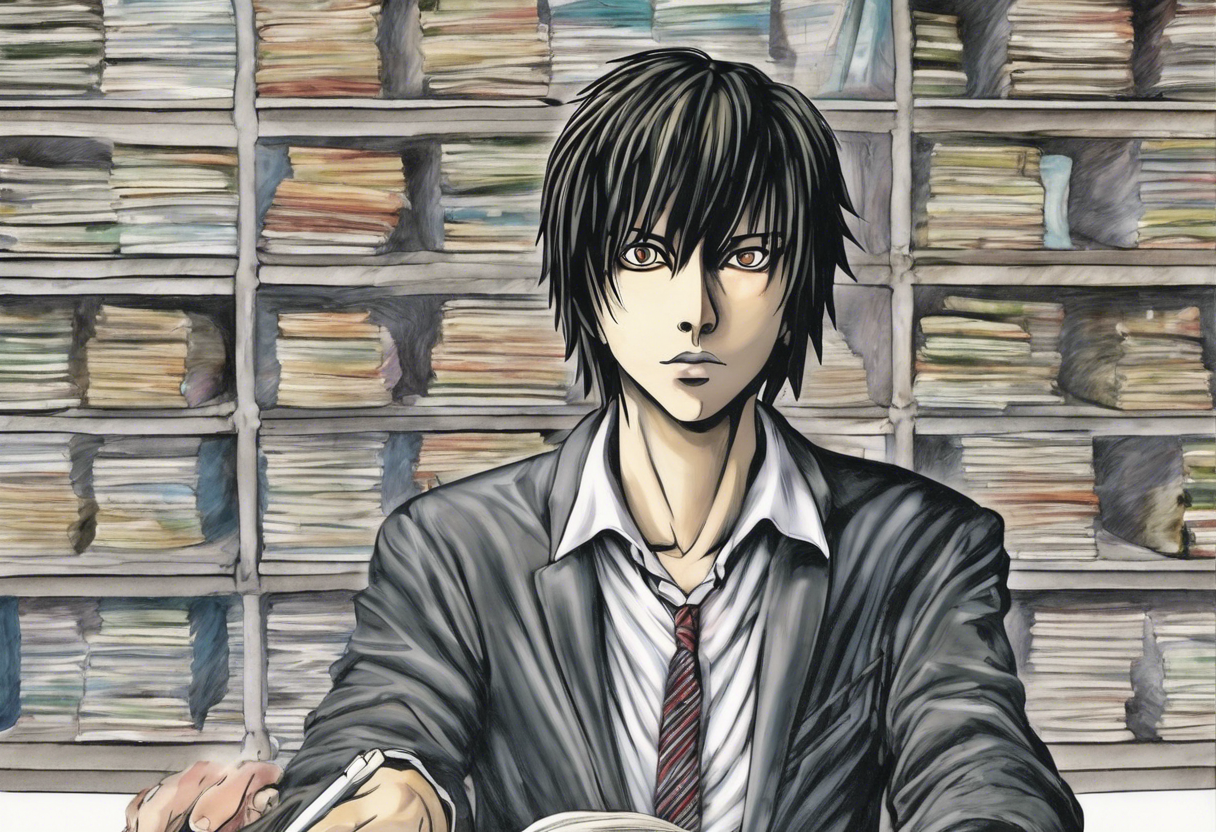Contents
Introduction
"Pursuit" is the fourth episode of the anime series Death Note, a psychological thriller that has captivated audiences worldwide with its intricate plot and deep philosophical themes. The Death Note anime, directed by Tetsurō Araki and animated by Madhouse, began airing on Nippon TV on October 4, 2006, and concluded on June 27, 2007, with a total of 37 episodes[2].
The series is based on the manga of the same name written by Tsugumi Ohba and illustrated by Takeshi Obata. The production team, which included Toshiki Inoue as the series organizer, worked diligently to adapt the complex manga into an engaging anime. Araki’s passion for the project was evident, as he "literally begged" to join the production team and insisted that Inoue write the scripts[2].
"Pursuit" stands out within the series for its meticulous exploration of the protagonist’s thoughts and actions, a hallmark of the anime’s approach to storytelling. The episode’s release on October 25, 2006, marked a significant point in the series where the stakes and tensions began to escalate.
Plot Summary
In "Pursuit," the fourth episode of Death Note, Light Yagami continues to test the limits of the Death Note, a mysterious notebook that allows him to kill anyone whose name he writes in it, provided he pictures the person’s face. The episode opens with Light killing six convicts in various ways to understand the full extent of the notebook’s powers[5].
As Light delves deeper into the notebook’s capabilities, he attracts the attention of L, a genius detective determined to uncover the identity of the serial killer known as Kira. The cat-and-mouse game between Light and L intensifies, with each trying to outmaneuver the other. Light’s actions are meticulously planned, but L’s unpredictable nature keeps him on edge.
The episode also explores the character of Ryuk, the shinigami who dropped the Death Note in the human world. Ryuk’s presence adds a layer of complexity to the story, as his motivations and actions influence Light’s decisions. The setting shifts between Light’s high school life and the dark, isolated moments where he contemplates his next moves.
The main conflict of the episode revolves around Light’s struggle to maintain his secret while evading L’s investigation. This internal conflict is heightened by the external pressures of being a high school student and the moral implications of his actions.
Themes and Symbolism
"Pursuit" delves into several central themes that are pivotal to the Death Note series. One of the most prominent themes is the concept of justice and morality. Light’s belief that he can create a utopian society without crime by killing off criminals raises questions about the nature of justice and whether it is right to take the law into one’s own hands[2].
The episode also explores the theme of power and its corrupting influence. Light’s possession of the Death Note gives him immense power, which he uses to manipulate and control others. This power dynamic is symbolized through the Death Note itself, which serves as a tool of both creation and destruction.
The character of Ryuk symbolizes the indifference of fate and the supernatural forces that govern human life. His presence underscores the idea that some events are beyond human control and that the consequences of one’s actions can be unpredictable and far-reaching.
Cultural Impact
The release of "Pursuit" and the Death Note series as a whole had a significant cultural impact. The series was one of the first well-known Japanese anime properties to be made legally available in the United States for download while it was still airing in Japan[2].
The series influenced popular culture, with references in various forms of media, including music, film, and other anime series. The concept of the Death Note has become a cultural icon, symbolizing the ultimate power and the moral dilemmas associated with it.
The series also spawned several adaptations, including live-action films, a television drama, and video games. The American film adaptation, released on Netflix in 2017, further expanded the series’ global reach[2].
Critical Reception
"Pursuit" and the Death Note series received widespread critical acclaim upon release. Critics praised the series for its intricate plot, well-developed characters, and philosophical themes. The direction by Tetsurō Araki and the writing by Toshiki Inoue were particularly commended for their ability to convey the complexity of the original manga[2].
The series was also praised for its ability to balance action, suspense, and intellectual depth. However, some critics noted that the pacing could be slow at times, and the moral ambiguity of the characters might be off-putting for some viewers.
In subsequent years, the series has continued to be celebrated for its influence on the anime genre and its enduring popularity. It has been included in several "best anime of all time" lists and remains a favorite among fans and critics alike.
Legacy
The legacy of "Pursuit" and the Death Note series is profound. The series continues to inspire filmmakers, artists, and audiences with its unique blend of psychological thriller elements and philosophical themes. The concept of the Death Note has become a staple in popular culture, often referenced and parodied in various forms of media.
The series’ influence can be seen in many other anime and manga works that have followed in its footsteps, exploring similar themes of power, morality, and the human condition. The Death Note series remains a landmark in anime history, a testament to the medium’s ability to engage audiences intellectually and emotionally.
References
- https://www.youtube.com/watch?v=eJBV6mJ3M1s
- https://en.wikipedia.org/wiki/Death_Note
- https://www.youtube.com/watch?v=cuF4NZEKKeI
- https://hanagasaitayo.wordpress.com/2019/12/01/analysis-goodnightpunpun-oyasumipunpun/
- https://therokuchannel.roku.com/details/cd427b462e6d58acbfc397fc10542ec7/death-note-s1-e4-pursuit

